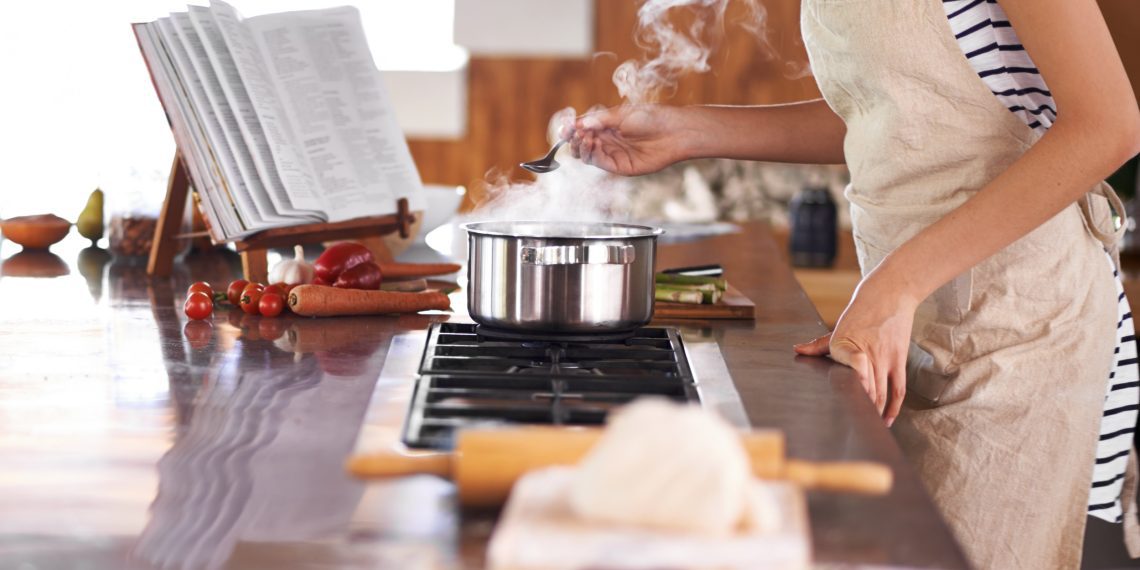Are you an aspiring cook or home cook who’s already heard, “You should write a cookbook,” but don’t know how to start? Well no worries, you have come to the right place.
Regardless, making a cookbook is often fun but time-consuming process, whether you want to turn your own recipes into a family keepsake or work with a publisher to get the most popular recipes from your blog onto paper and into bookstores. To make things easier for yourself, it’s a good idea to get organized before beginning your cookbook project and to decide what type of cookbook you want to make.
The steps for creating a cookbook will vary depending on your publications route, but in a broad sense, you’ll need to go through the following:
Concept
The first step in creating a cookbook is determining what type of cookbook it will be. A particular ingredient, region, or culture can be the focus of your cookbook. It can be a primer for newcomers or a haphazard collection of family favorites for your relatives. Many people all over the world know their way around a kitchen, and many of them can create delectable dishes from scratch. But it is a chef’s ability to focus on a theme that distinguishes them as an author. All food books provide readers with solutions to specific kitchen problems. If you want to publish your cookbook, a book proposal is a necessary step toward getting a book deal, and it can also help you narrow down your concept.
Focus on the audience
Thinking about the audience and the concept is an important part of this pitch. It is critical to consider who will use the book and how they will use it. Are your recipes quick and easy, making them ideal for a busy family life? Are the ingredients cheap and easy to come by? Or are they longer, more comforting recipes for the weekends or special occasions? Consider what other books you believe yours would sit alongside in a bookstore and how yours will stand out from them. Of course, you should think about how the pitch looks. Cookery proposals are usually nicely designed and include photos to give a sense of the book’s aesthetic or an author’s existing branding.
Compile recipes
If you’ve always wanted to write a cookbook, chances are you already have some recipes in mind that you’d like to include. Make a list of the most important recipes and use it as a springboard to brainstorm how your cookbook will be organized and what other recipes will be needed. If you’re putting together a community cookbook, reach out to your neighbors and collect their recipes.
Outline
Make a rough table of contents based on your guiding concept and key recipes. One of the most widely known ways to distribute a recipe book is into meals (appetizers, breakfast, lunch, and dinner), but recipe books could also be split by season, fresh ingredients (leafy greens, fish, meat), cooking techniques, or other narrative structure.
Recipe development
Fill out your structure by expanding beyond your core recipes as needed and fine-tuning those that require more work.
Recipe testing
Hire recipe testers or enlist the help of friends and family to test your recipes in their kitchens. Allow them to tell you what worked and what didn’t, as well as what was confusing.
Write the surrounding material
Aside from the recipes, most cookbooks include some writing. This could consist of chapter introductions and recipe blurbs.
Photography and layout
If your book includes photography, there will be photo shoots in which the food must be prepared and styled for the camera at some point. Traditional publishing houses will most likely want to hire food photography stylists and photographers. Once the images and text are complete, a book designer will arrange them and create the cover design, but you can also create your own cookbook design using software such as InDesign or old-school DIY-style, with paper, scissors, and a photocopier.
Editing
If you’re working with a publisher, you may go through several rounds of back-and-forth as your editor works with you to fine-tune the recipes and text. The book will then be sent to a copy editor, who will go through the entire cookbook looking for grammar and style errors, as well as an indexer for final touches. Give your book a rough draft to friends and family members to proofread if you’re self-publishing.
Printing
Your cookbook is ready to print once everything has been laid out and approved. If you’re publishing your own cookbook, you can have it spiral bound at a copy shop or send it to a printer for more options.








